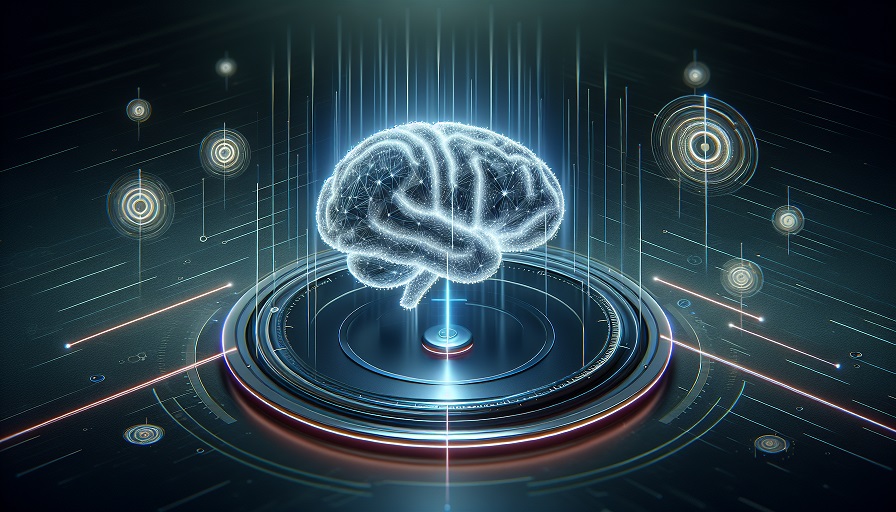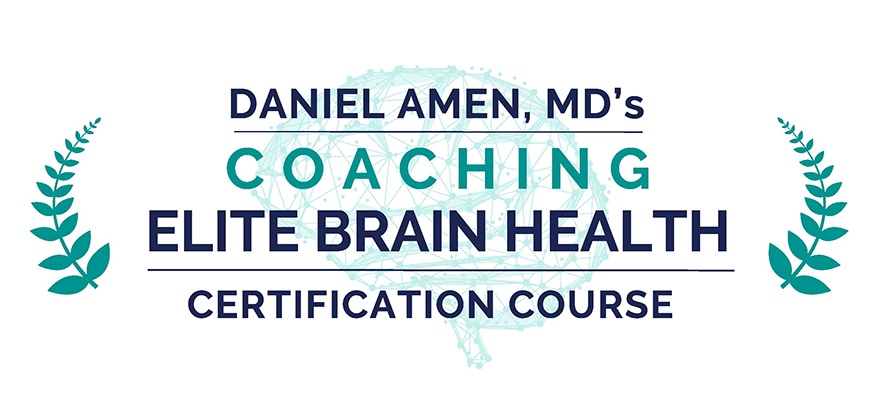
If you spend any time in a classroom, you quickly see a pattern. You prepare a thoughtful lesson, explain it clearly, and halfway through you notice drifting eyes, fidgeting hands, and at least one student staring intently at the clock. It is not a sign that you are a bad teacher or that students do not care. Their brains are simply doing their job, scanning for safety, meaning, and stimulation.
When you understand a few basics about how the brain handles attention and learning, engagement feels less mysterious. Instead of battling distraction, you can work with how the brain prefers to learn and create a classroom environment that supports it.
Contents
Why Engagement Begins In The Brain
Student behavior is the part you can see. Underneath that behavior, the brain is busy deciding where to send energy. Before a student chooses to listen, take notes, or raise a hand, their nervous system has already answered several questions about the situation in front of them.
The Brain’s First Check: “Am I Okay Here?”
The brain’s main job is to protect. If a student worries about being laughed at, called out, or judged, their body moves into a mild version of survival mode. In that state, it is harder to remember information or solve problems, even if they are perfectly capable.
A classroom that feels emotionally safe makes learning easier. Students are more willing to say, “I do not get this yet,” or to attempt something new when they trust that mistakes will be treated with respect instead of ridicule. Safety does not mean low expectations. It means clear boundaries delivered with steadiness and care.
The Brain’s Second Check: “Does This Matter To Me?”
The brain is constantly asking whether a task is meaningful enough to deserve energy. When students cannot connect a lesson to their life, goals, or interests, their attention naturally drifts. This is not laziness. It is the brain’s attempt to conserve effort.
When you tie content to real situations, stories, or future possibilities, you give the brain a reason to stay engaged. Even a brief comment such as, “You will see this when you try to budget your own money,” can nudge attention back into the room.
Brain-Friendly Ways To Capture And Hold Attention
Brains like movement, variety, and clear structure. You do not need to turn every lesson into a performance. Small, thoughtful adjustments can refresh student focus.
Begin With A Simple Hook
The first minutes of class shape expectations. Instead of opening with instructions or a long explanation, consider starting with something that wakes up the brain:
- A short question that invites curiosity.
- A quick story that relates to the day’s topic.
- An image, object, or short quote that students react to.
These small hooks send a message that this time together might be interesting, which gently pulls attention toward you.
Teach In Manageable Segments
Most brains struggle to stay locked in for long stretches of one-way talking. They benefit from brief cycles of input and output. Instead of one extended lecture, you might:
- Offer a ten minute explanation, then a short partner discussion.
- Demonstrate a skill, then give students a chance to practice immediately.
- Share a concept, then ask students to write a one sentence summary.
These changes are like small resets, helping the brain process and store what it just heard.
Add Movement In Simple Ways
Brains and bodies are tightly linked. Long periods of sitting can lead to restlessness and foggy thinking. Even brief movement breaks can recharge focus.
- Have students stand and share one idea with a partner.
- Invite a short stretch break between activities.
- Use “walk and talk” prompts for discussion when space allows.
These actions do not take much time, yet they can make the rest of the lesson more productive.
Using Brain Science To Boost Memory
It is not enough for students to pay attention in the moment. They also need to remember what they learn. Memory has its own rules, and the brain responds especially well to connection, repetition, and emotion.
Connect New Material To What They Already Know
The brain stores information in networks. New ideas stick better when anchored to existing knowledge. Instead of presenting content in isolation, you can invite students to link it to familiar concepts by asking:
- “What does this remind you of?”
- “Where have you seen something like this outside of school?”
- “How does this build on what we did last week?”
These questions help students weave fresh information into their mental web.
Review Through Variety, Not Repetition Alone
Repetition is essential, but the form of repetition can change. Presenting the same idea in different ways keeps the brain engaged.
- Use a brief quiz one day and a group activity another.
- Ask students to draw a diagram after you have explained a concept verbally.
- Invite them to teach a partner a key idea in their own words.
Each new format gives the brain another chance to store the information.
Allow Emotion To Support Learning
Emotional centers in the brain help determine which memories matter. Lessons that spark curiosity, amusement, or healthy challenge are more likely to stick.
You do not need elaborate performances. Small touches help, such as an interesting problem to solve, a personal story, or a class challenge that students can solve together.
Helping Students Manage Their Own Attention
Many students want to focus yet feel at the mercy of their thoughts and feelings. Teaching basic self regulation skills gives them tools to steer their own attention.
Talk Honestly About Distraction
Minds wander. That is part of how brains work. Naming this openly reduces shame and turns distraction into a shared problem you can solve together.
You might say, “Everyone’s attention slips sometimes, including mine. The skill is noticing when it happens and gently bringing it back.” Then invite students to share strategies that help them refocus.
Teach Quick Brain-Calming Practices
When students feel anxious or overstimulated, the emotional brain takes over. A few simple practices can bring the thinking brain back into the conversation:
- Guiding a short round of slow, steady breathing.
- Asking students to notice several things they can see, hear, or feel in the room.
- Using a quiet pause before tests, where everyone takes a moment to settle.
Over time, students learn that they have options for calming their own systems.
Offer Choices Inside Clear Boundaries
The brain appreciates a sense of control. Small choices within structure can increase cooperation without sacrificing order. For example, you might let students choose:
- Between two writing prompts on the same skill.
- Which partner or group to work with, when appropriate.
- How to show understanding, such as writing, drawing, or speaking.
These choices say, “Your voice matters here,” which reduces resistance and boosts buy in.
Growing Your Confidence As A Brain-Aware Teacher
You do not need a stack of research articles to bring brain awareness into your classroom. A brain smart mindset starts with a few simple beliefs: attention has limits, emotion shapes learning, and students do best when they feel safe and seen.
From there, you can gradually add strategies that align with those beliefs. Many teachers find it helpful to explore books or professional development focused on brain health, learning, and behavior, especially ones that turn theory into practical classroom ideas.
As you blend your existing teaching skills with brain based strategies, you create a classroom climate where students feel more curious, capable, and connected. You are not just delivering material. You are designing experiences that meet students where their brains are, which is often where true learning begins.

